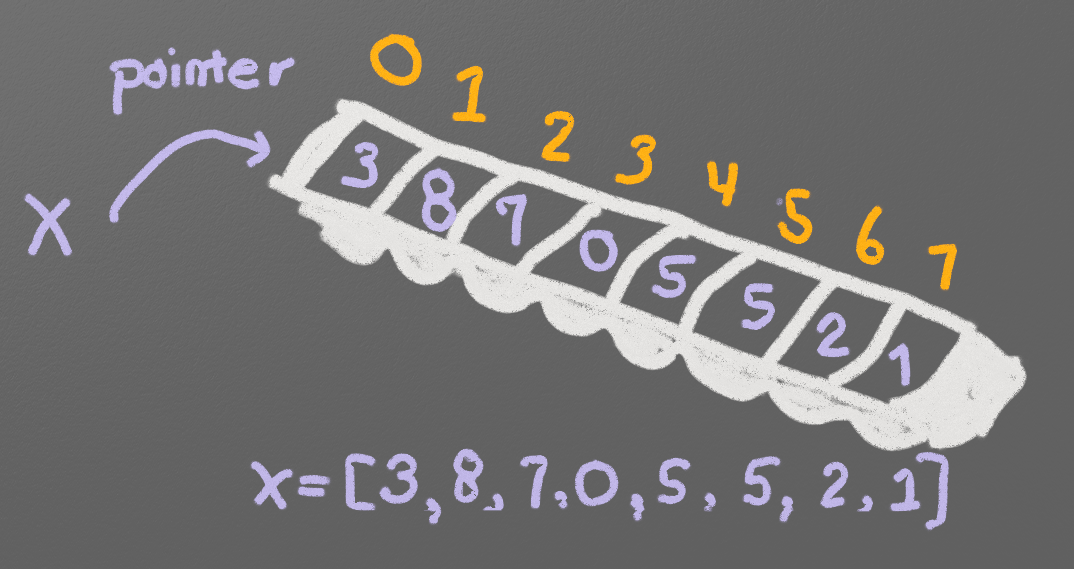Module 3 - Section 2 - Lists
Module 3 - Section 2 - Lists
- identify the various data types
- recognize lists
- create lists
- use the list methods
- use the random function
3.2.2 - Lists
So what should i do if i want to create a shopping list? Copy the following command and test it.
>>> my_shopping_list = ["apples","bananas","carrots"]
>>> print(my_shopping_list)
The items in the list are numbered starting from 0 (as we mentioned in programming we usually start from 0).
So the 0 item in my_shopping_list is "apples"
the 1 item is "bananas"
and the 2 item is "carrots"
Try the following :
>>> print(my_shopping_list[0]) # in print we use parenthesis () and in lists square brackets [])
>>> print(my_shopping_list[1])
>>> print(my_shopping_list[2])
>>> print(my_shopping_list[3])
In the last example there is an error :
Traceback (most recent call last):
File "<pyshell>", line 1, in <module>
IndexError: list index out of range
because myshoppinglist does not have an item indexed 3
we can change an item in list :
>>> my_shopping_list[0] = "apricots"
>>> print(my_shopping_list)
And we can iterate (loop) through a list. Copy the following code to Thonny and save it as list_friends.py inside your working folder:
my_friends = ["Jim", "John", "Jack", "Jane"]
for item in my_friends:
print (item)We can view the number of items in a list with command len.
>>> len(my_friends)
and we can add items to a list :
>>> my_friends.append("Joe")
>>> print(my_friends)
Our list has 5 items now. Check its length.